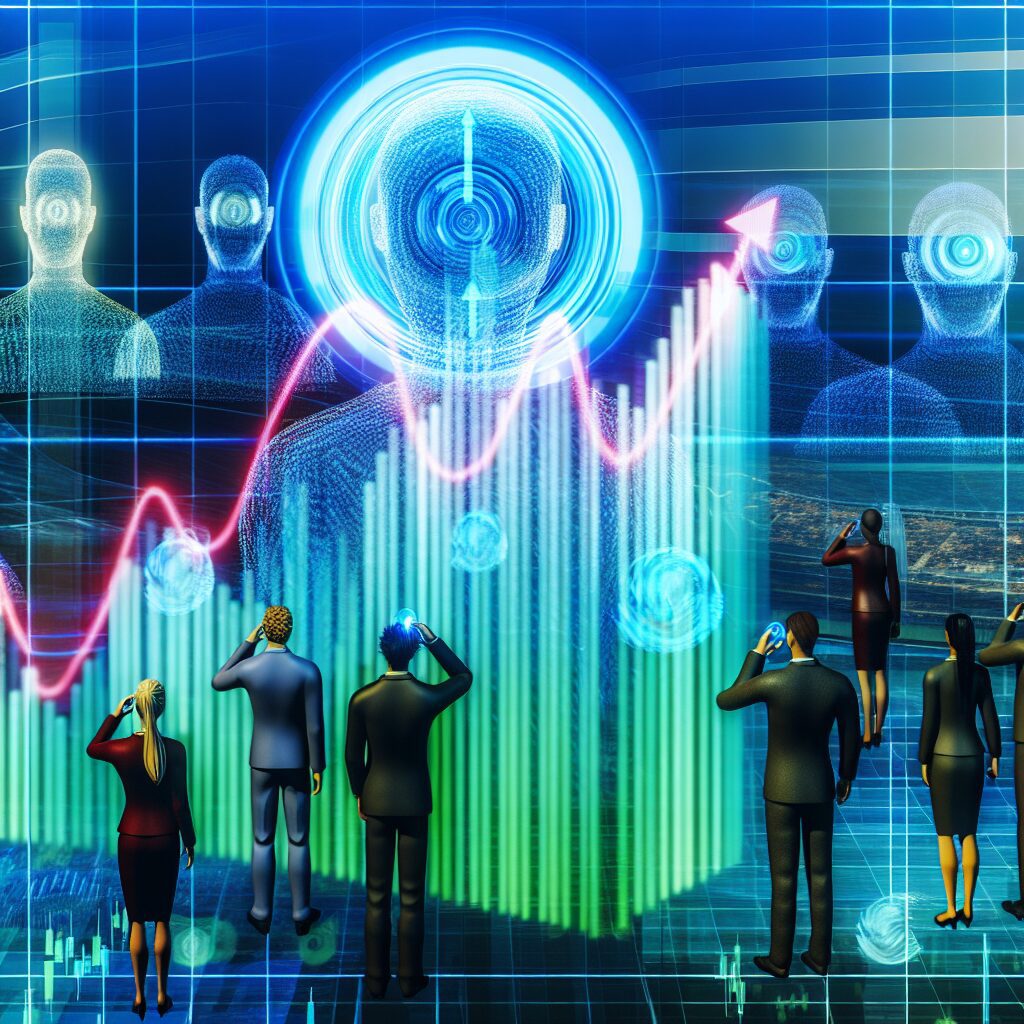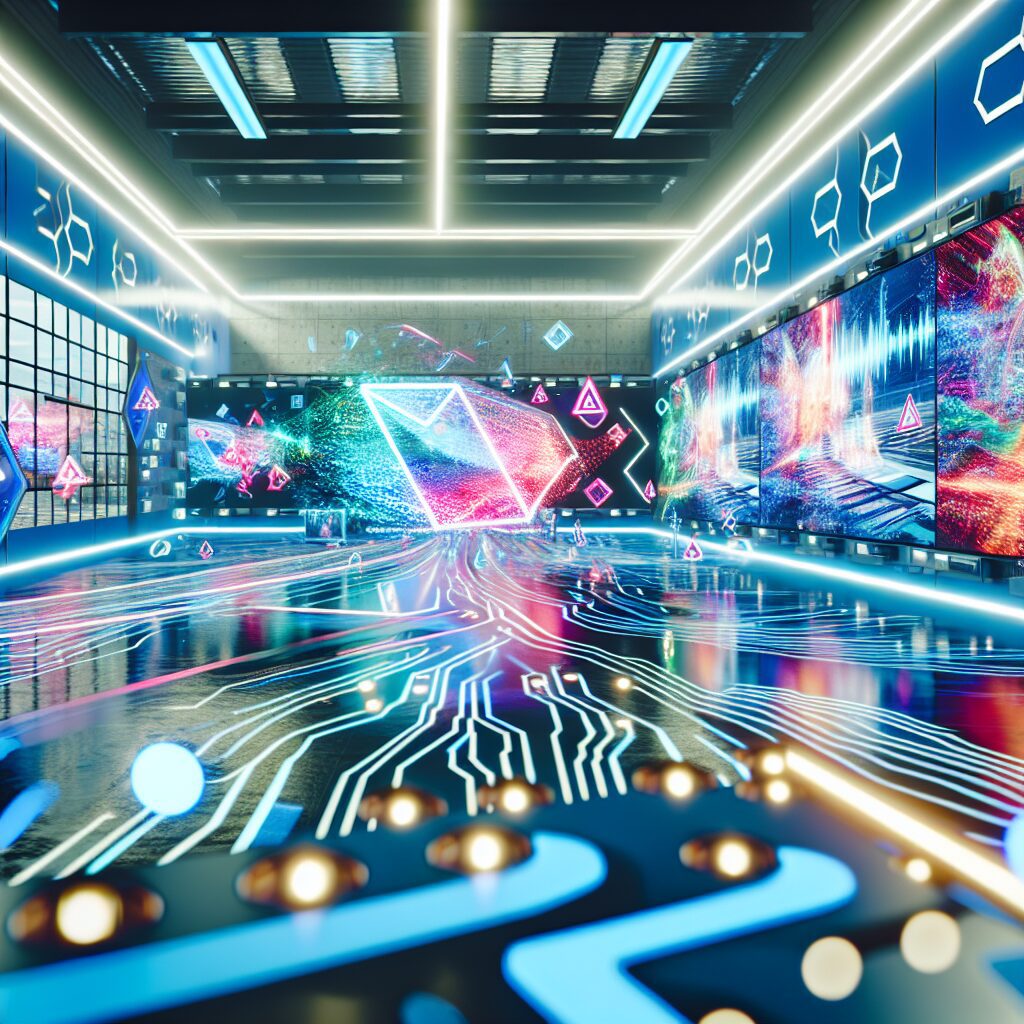
SoundHound AI Stock Rises After Price-Target Increase Analysis
“`html SoundHound AI Stock Rises After Price-Target Increase Analysis In a rapidly evolving technological landscape, Artificial Intelligence (AI) continues to

“`html
The rise of Generative AI technology has ushered us into a new era of possibilities. Yet, as with all burgeoning technologies, it is enveloped in myths and misunderstandings that can obstruct our view of its true potential. Understanding the reality behind generative AI is crucial to harnessing its full capabilities, from content creation to enhancing user experience across various platforms.
Generative AI refers to algorithms that can generate text, images, and other media in response to prompts. At its core, it employs a type of neural network called a Generative Adversarial Network (GAN) to simulate and extend human-like creativity. This has numerous applications across entertainment, marketing, research, and more.
Unfortunately, along with its impressive capabilities, generative AI is often the subject of misinformation and fear, leading to misconceptions. Let’s examine and debunk some of the most prevalent myths:
Generative AI can mimic human-like conversation and creativity but is far from being sentient. These systems analyze data patterns and replicate them, but they lack awareness and consciousness.
While the outputs of generative AI can be impressive, they are not infallible. Models can produce biased, inaccurate, or nonsensical content, reflecting the flaws present in their training data.
Generative AI is a tool that enhances human creativity, not a replacement for it. It can automate mundane tasks and suggest novel ideas, allowing humans to focus on more complex and conceptual work.
Despite the misconceptions, many industries are recognizing and implementing generative AI to propel efficiency and innovation. Here are a few areas where generative AI is making significant strides:
With the sheer power of generative AI comes a set of ethical challenges that must be addressed:
The journey with Generative AI is just beginning. Its potential to transform industries and improve human life is undeniable, yet navigating its integration requires dispelling myths and addressing ethical concerns proactively. By embracing its true capabilities and limitations, we can foster a more informed and creative synergy between humans and machines. Regardless of misconceptions and challenges, the future of generative AI holds immense promise, poised to redefine the boundaries of creativity and innovation.
As we continue to explore and integrate these technologies into our everyday lives, staying informed and curious is key. By doing so, we can ensure that generative AI contributes positively and productively to our global narrative.
“`

“`html SoundHound AI Stock Rises After Price-Target Increase Analysis In a rapidly evolving technological landscape, Artificial Intelligence (AI) continues to

“`html Explore Google’s Innovative Generative AI Video Model Now Available In the ever-evolving world of technology, Google has once again